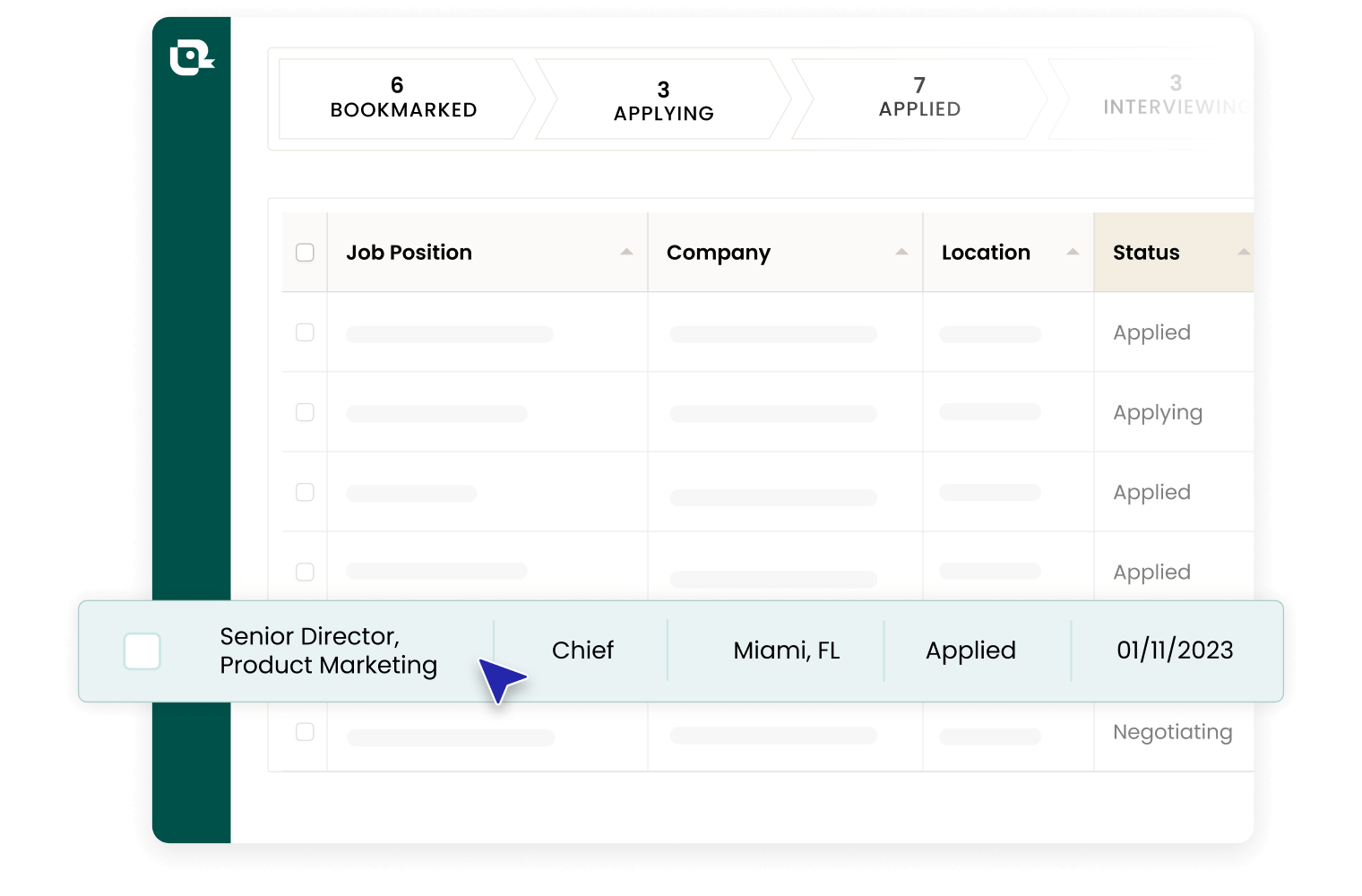Unleashing Your Potential as an Electrical Drafter
In the intricate world of electrical drafting precision and attention to detail reign supreme. As an electrical drafter your expertise in crafting detailed technical drawings that guide electrical wiring installations forms the backbone of any construction or manufacturing project. Now, as you approach a job interview, it’s time to articulate this specialized skill set and showcase your ability to navigate complex designs and intricate projects.
This comprehensive guide serves as your ultimate resource for acing the electrical drafter interview. We’ll delve into the most common interview questions provide insightful sample answers and equip you with the knowledge and confidence to impress your future employer.
Navigating the Interview Landscape: A Glimpse into the Questions You’ll Encounter
1. The Art of Precision Ensuring Accuracy in Your Electrical Drawings
This question delves into your meticulous approach to work ensuring accuracy in every project you undertake. Highlight your systematic process, double-checking measurements utilizing error-checking software, and collaborating with engineers to identify and rectify any inconsistencies.
Example Answer
“I’m a firm believer in meticulousness. I double-check measurements, use AutoCAD’s error-checking tools, and work with engineers to get feedback to make sure everything is correct. Continuous learning keeps me updated on industry standards, ensuring high-quality outputs. “.
2. Software Savvy: Demonstrating Proficiency in Electrical Drafting Software
This question tests your technical knowledge and how well you know how to use important programs like AutoCAD Electrical. Show how good you are at making and editing electrical control systems, making schematic diagrams, and using 3D modeling software like SolidWorks Electrical and others like it.
Example Answer:
“I’m proficient in AutoCAD Electrical, having used it for over five years. I create control systems, schematics, and panel layouts. I’m also comfortable with SolidWorks Electrical for 3D modeling and Revit for BIM tasks. Adapting to new tools ensures I deliver high-quality work regardless of the software.”
3. The Language of Electricity: Understanding Electrical Symbols and Diagrams
Electrical symbols and diagrams form the cornerstone of communication and collaboration within the electrical industry. Demonstrate your proficiency in interpreting these symbols and diagrams, highlighting their importance in accurately representing electrical systems.
Example Answer:
“Electrical symbols represent components, circuits, and systems. Understanding them is crucial for reading and creating accurate diagrams. These diagrams depict the layout of an electrical system, showing how components interact. This knowledge ensures effective communication and project success.”
4. Staying Updated: Adapting to Industry Changes and Advancements
The electrical drafting field is constantly evolving. Showcase your commitment to professional development by staying updated on industry changes and advancements. Utilize online resources, attend webinars, and participate in industry forums to demonstrate your dedication to lifelong learning.
Example Answer:
“I stay updated through online courses, webinars, and industry publications. I recently completed a course on sustainable design practices, which I now incorporate into my projects. Staying current ensures I deliver designs that meet environmental standards.”
5. The Power of Collaboration: Working Effectively with Architects, Engineers, and Other Team Members
Effective collaboration is key to successful project execution. Describe your approach to teamwork, emphasizing clear communication, active listening, and incorporating feedback to achieve shared goals.
Example Answer:
“I collaborate closely with architects and engineers, using clear communication and visual aids to discuss drafts. I actively listen to feedback and make adjustments as needed. On a recent project, I worked with the structural engineer to modify a design, meeting both aesthetic and safety requirements.”
6. The Flexibility Factor: Managing Multiple Projects Simultaneously
Multitasking is an essential skill for electrical drafters. Describe your strategies for managing multiple projects, utilizing project management software, prioritizing tasks, and maintaining open communication with team members.
Example Answer:
“I use project management software to track deadlines and prioritize tasks. I schedule focused blocks of time for each project and conduct weekly reviews. On a recent project, I juggled three projects with overlapping timelines, successfully completing all on schedule and to high standards.”
7. The Power of Inquiry: Asking Thoughtful Questions to Gauge Your Fit
Asking insightful questions demonstrates your genuine interest in the role and the organization. Inquire about the typical project workflow, the company’s approach to professional development, and the types of projects the team typically works on.
Example Question:
“Can you describe the typical project workflow for drafting assignments within the company?”
8. The Ideal Electrical Drafter: A Profile of Excellence
A strong electrical drafter candidate possesses a unique blend of technical proficiency, attention to detail, and a passion for continuous learning. They are meticulous, organized, and possess strong visualization skills, enabling them to translate complex concepts into detailed drawings.
9. Frequently Asked Questions: Addressing Common Concerns
What’s the most common interview question for Electrical Drafters?
“How do you ensure accuracy and precision in your electrical drawings?” This question evaluates your attention to detail and adherence to industry standards.
How can I effectively showcase problem-solving skills in an Electrical Drafter interview?
Recount a complex project where you identified design inconsistencies. Explain your methodical approach to troubleshooting, collaboration with engineers, and innovative solutions to resolve the issues.
10. Additional Resources: Expanding Your Knowledge Base
- Interview Questions for Electrical Drafters:
- Top 10 Drafter Interview Questions & Answers | Guidance
- Drafter Job Title Guide
Embark on Your Electrical Drafting Journey with Confidence
By embracing the insights and guidance provided in this comprehensive guide, you’ll be well-equipped to navigate the electrical drafter interview with confidence and showcase your expertise to potential employers. Remember, your passion for precision, your commitment to continuous learning, and your ability to collaborate effectively will pave the way for a successful and fulfilling career in electrical drafting.
Interviewing as a DrafterEmbarking on a career as a Drafter means stepping into a world where precision and attention to detail are paramount. Drafters are the backbone of design projects, transforming ideas into technical drawings that serve as blueprints for engineers, architects, and builders. Your interview is the critical juncture where potential employers assess your technical acumen, understanding of industry standards, and ability to communicate complex designs effectively. In this guide, we’ll navigate the landscape of Drafter interview questions, from the technical intricacies of CAD software to the interpretative challenges of converting specifications into detailed plans. We’ll provide insights into crafting articulate responses, showcase what distinguishes a standout Drafter candidate, and arm you with thoughtful questions to pose to your interviewers. This resource is designed to sharpen your interview skills, ensuring you’re well-prepared to capture the role you’re aiming for and excel in the drafting domain.
- Read the job description to find out what skills and software knowledge are needed for the job. Make sure that your portfolio and discussion points show that you are good at these things.
- Update and organize your portfolio by choosing a range of samples that best show off your drafting skills and ability to work with different types of materials. Get ready to talk about how designs are made and what your part is in each project.
- Brush Up on Drafting Software: Make sure you know how to use the newest versions of CAD software and any other tools mentioned in the job description that are important for the job. Be ready to discuss your experience with these tools.
- Read and Understand Industry Standards and Rules: Know the building codes and standards that apply to your industry for this job. Employers will appreciate your awareness of compliance issues.
- Get Ready for Technical Questions: Think about the technical questions that might come up about drafting rules and methods, and come up with clear, concise answers. Practice explaining complex concepts in an accessible way.
- Practice Behavioral Questions: Think about jobs you’ve had in the past and come up with stories that show how you solved problems, worked with others, and managed your time well.
- Learn About the Company and Its Projects: Find out about the company’s past work, the kinds of projects they take on, and how they approach design. This will help you personalize your answers and show that you’re interested in their work.
- Prepare Thoughtful Questions: Write down some questions you want to ask the interviewer about the company culture, how projects are handled, and what is expected of them. This demonstrates your proactive approach and engagement with the role.
- Mock interviews: Practice with a teacher or coworker to get feedback on how you present and what you say. This can help you feel less stressed and do better in the actual interview.
By following these steps, youll be able to enter your Drafter interview with confidence, armed with a deep understanding of the role and how you can contribute to the success of the company. Your preparation will speak volumes about your professionalism and dedication to your craft.
Stay Organized with Interview TrackingWorry less about scheduling and more on what really matters, nailing the interview. Simplify your process and prepare more effectively with Interview Tracking.

